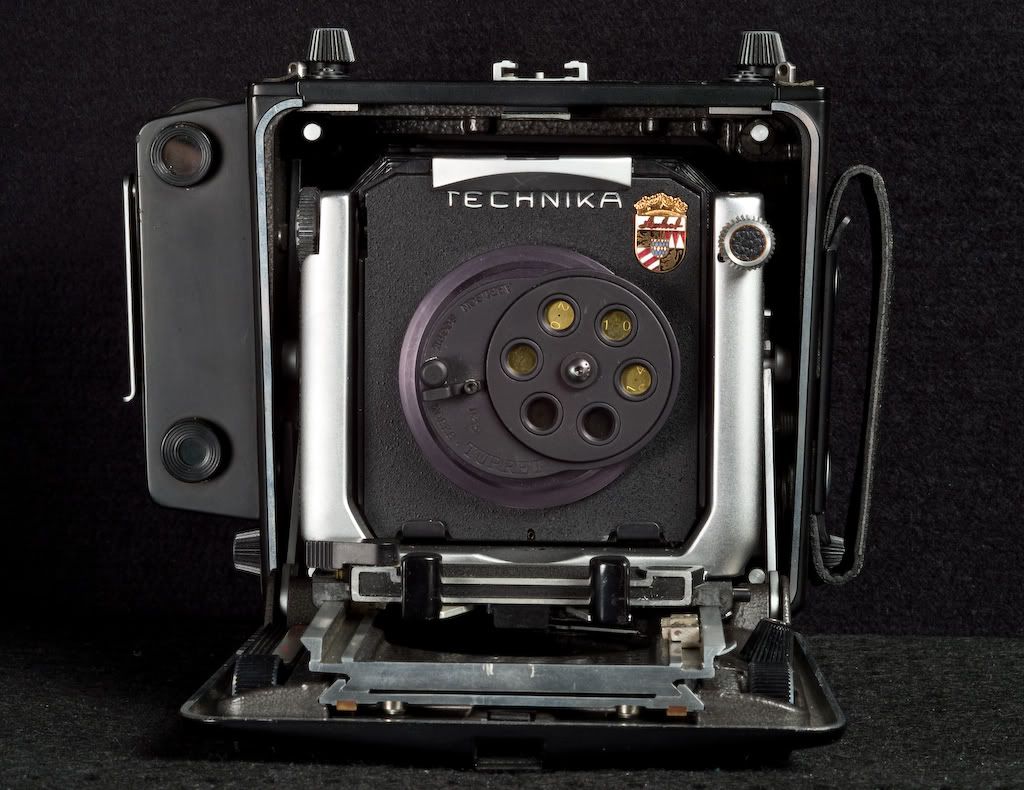Pianissimo
Member
I'm relatively new to pinhole photography...my main shooter was an oatmeal box with plain cut-up photographic paper until I got bored of it.
I'd like to use my SLR or DSLR (or even better, rangefinder) as a pinhole camera. I've already given the whole "poke a hole in the lens cap" thing a shot, it worked decently. However, I want to have a wider shot.
So basically from what I understand, the closer the pinhole is to the film plane, the wider the focal length will be. Which is a good argument for using the rangefinder - shorter distance between the the film plane and the lens mount, and no stupid DSLR cropped sensor...not to mention you can move the lens mount plane farther from the film plane thanks to the SC mount...yahoo! So basically, I still want to have the pinhole fairly inside the camera, right? But not too far so that the actual lens mount blocks out some of the image. How do I know when that happens? Anyone know? Should I just make my own DIY pinhole camera? I'd like to use my RF...
I'd like to use my SLR or DSLR (or even better, rangefinder) as a pinhole camera. I've already given the whole "poke a hole in the lens cap" thing a shot, it worked decently. However, I want to have a wider shot.
So basically from what I understand, the closer the pinhole is to the film plane, the wider the focal length will be. Which is a good argument for using the rangefinder - shorter distance between the the film plane and the lens mount, and no stupid DSLR cropped sensor...not to mention you can move the lens mount plane farther from the film plane thanks to the SC mount...yahoo! So basically, I still want to have the pinhole fairly inside the camera, right? But not too far so that the actual lens mount blocks out some of the image. How do I know when that happens? Anyone know? Should I just make my own DIY pinhole camera? I'd like to use my RF...


